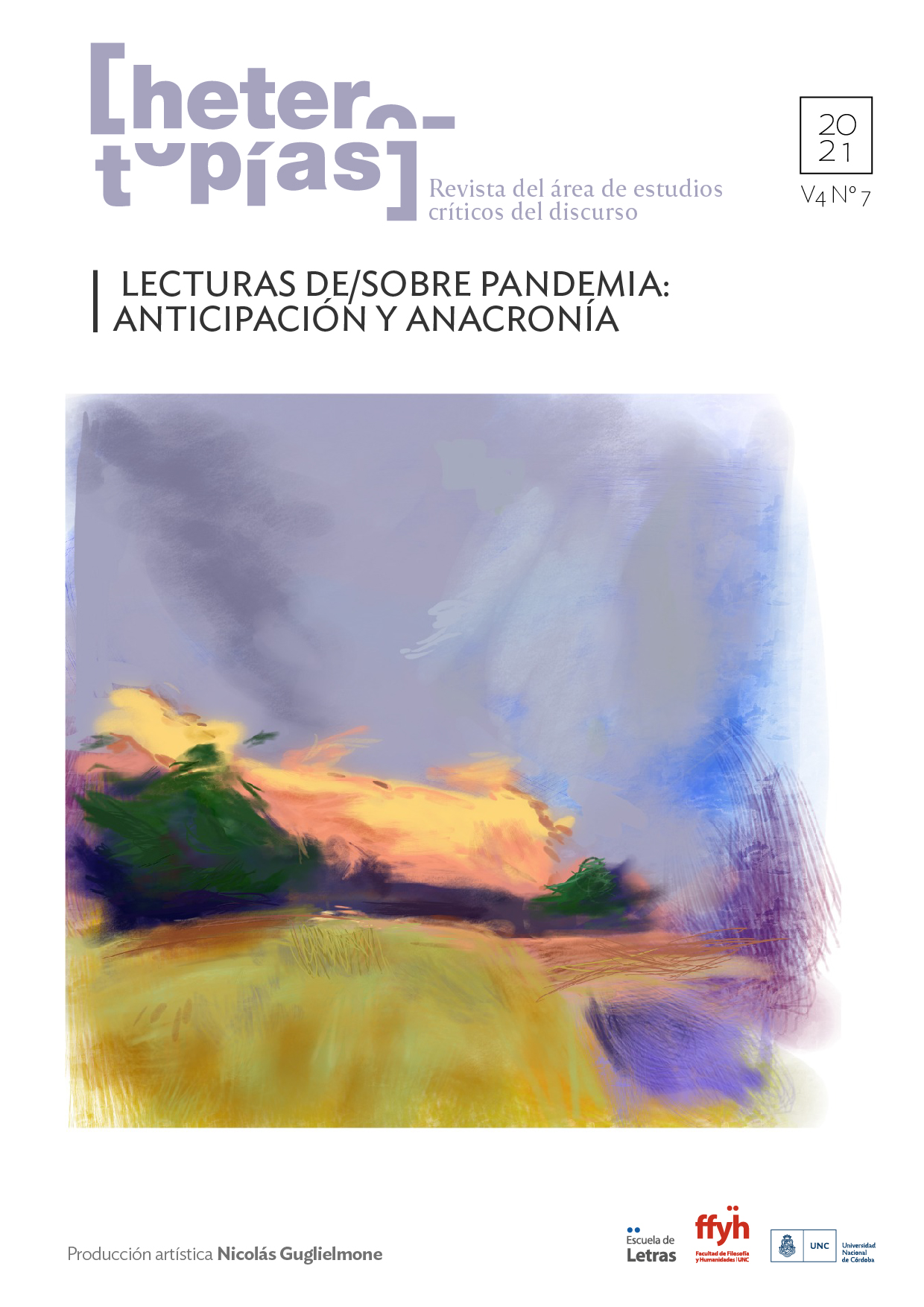Withdrawn from time or eternally present, the contemporary does not establish a comfortable relationship with the now but rather signals a mismatch, a derailment or a maddened time that has something of the phantasmatic about it. Without sinking into the melancholy of a past in which everything was better or into the perishable lightness of the present, the work, the question, the contemporary subject inhabits the present with distance, with a certain anachronism. There would be in the contemporary, then, an immense critical power: due to this particular mismatch with the now, the contemporary would be destined to perceive the dark side of the present and, at the same time, to perceive there the luminosity of our time. And it is precisely on this point that this way of thinking about the contemporary may also be the most accurate way of defining the field of the aesthetic: its ability to capture the wounds, the traumatic dimension, the injustices of our time and, at the same time, its capacity to see there some light that is directed towards us, even if it does not reach us.
With this critical dimension and this utopian moment in mind, we want to think about a corpus of objects - some novels, images and films, but also publishing and cultural projects- that, produced before the pandemic, speak to us about it. It would be a matter of reading, in an effortfully anachronistic way, the way in which the potency of certain works or objects can be revisited in order to speak, in anticipation and blindly, of this pandemic present. It is under these coordinates that we want to think tentatively about the specificity of this pandemic.
Published: 2021-06-30
